You have 0 product(s) in your cart.
Abyss Scuba Diving
Whale Shark Sightings In Sydney
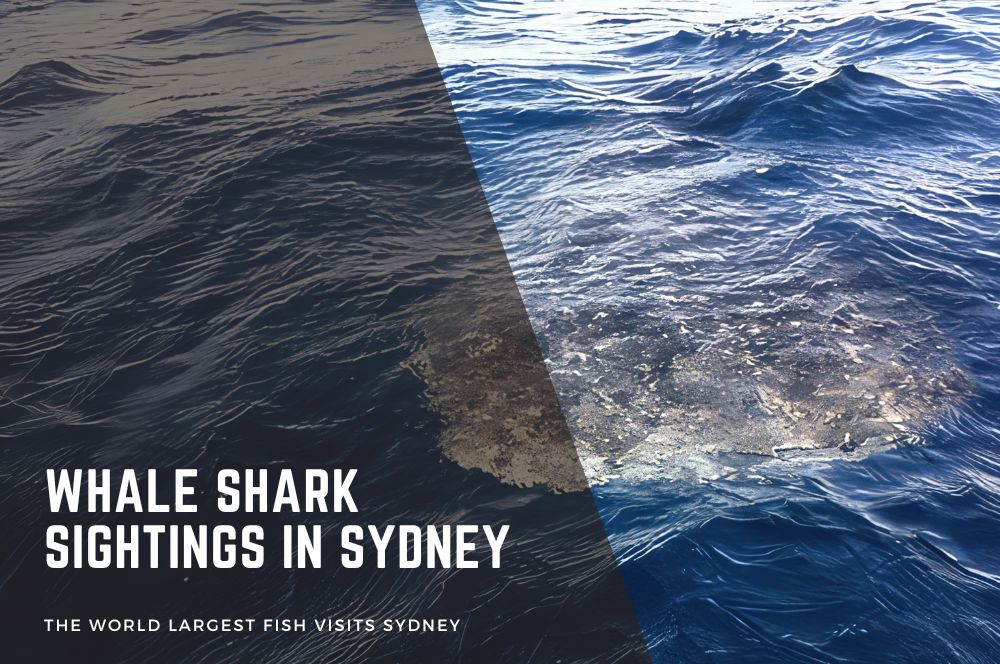
Whale Shark Sightings in Sydney
Whale Sharks in Australia: The World's Largest Fish
1. Where to find Whale Sharks in Australia: Whale sharks can be found in the waters off the coast of Australia, specifically in western Australia’s Ningaloo reef. They can also be found in the Great Barrier Reef in Queensland, thriving in the warm tropical seas that characterize these regions.
Ningaloo Reef is a spectacular destination for whale shark tours, as it is one of the sharks’ favoured feeding grounds. The coral spawning event at Ningaloo Reef creates a plankton buffet that attracts whale sharks and other predators, making it an ideal location for observing these gentle giants. Tour operators are equipped with spotter planes and cutting-edge technology which allows them to locate the majestic creatures quickly and efficiently; thus resulting in an increased chance of successful encounters with these gentle giants on your tour. Therefore, if you’re looking for an exhilarating experience that includes a high likelihood of seeing whale sharks up close…Ningaloo Reef should be at the top of your list!
2. When to see Whale Sharks in Australia: Whale sharks are typically seen in Australian waters from April to August. However, they have been known to appear as early as March and as late as November. In the case of Ningaloo reef, the time between March to August is ideal for whale shark tours.
3. What does a whale shark eat? Whale sharks are docile fish that primarily feed on plankton, but they also eat small fish, squid, crustaceans, and fish eggs. Their diet highlights the diversity of their feeding habits and their ability to filter feed on a wide range of planktonic and small nektonic organisms.
4. How long does a whale shark live? Whale sharks can live for up to 100 years.
5. What does the baby whale shark look like? Baby whale sharks look very similar to adult whale sharks, just much smaller. Whale sharks give birth to live young. Females can give birth to up to 300 babies at a time! A baby whale shark will typically measure between 2-2.5 meters long at birth and weigh between 23-27 kg.
6. How fast do they swim? Whale sharks are typically slow swimmers, networking an average rate of roughly 5 kilometres each hour. Yet, when needed for feeding or evading danger, whale sharks can move at a velocity of up to 8 to 10 kilometres every hour! This allows them to stay abreast with and filter vast amounts of plankton-rich liquid. Despite their massive size, these graceful creatures swim gracefully through the water in an effortless manner.
7. Swimming with a whale shark in Australia: Swimming with whale sharks is a popular activity in Australia, but there are several rules and guidelines that need to be followed to ensure the safety of both humans and the whale shark. Here are some general rules for swimming with whale sharks in Australia:
-
Swim with a licensed tour operator: You should only swim with a whale shark through a licensed operator that has been authorized by the government. The operator will provide you with guidelines and safety instructions before entering the water.
-
Keep a safe distance: Swimmers must keep a safe distance of at least 3 meters from the whale shark at all times. This distance is important for the safety of the swimmers and the whale sharks.
-
No touching: It is prohibited to touch or ride the whale shark. This is important for the safety of both the swimmers and the whale sharks.
-
No flash photography: Flash photography is prohibited as it may startle or distress the whale shark.
-
Listen to your guide: Follow the instructions of your guide at all times. They are trained to keep you safe and to help you have a positive experience.
-
Respect the marine environment: Do not litter, feed, or disturb the marine environment in any way.
-
Do not swim if you are unwell: If you are feeling unwell, have an open wound or a contagious illness, it is best to avoid swimming with the whale sharks.
It is important to note that rules may vary depending on the location and the specific operator. Therefore, it is essential to check with your operator for their specific rules and guidelines before swimming with a whale shark.
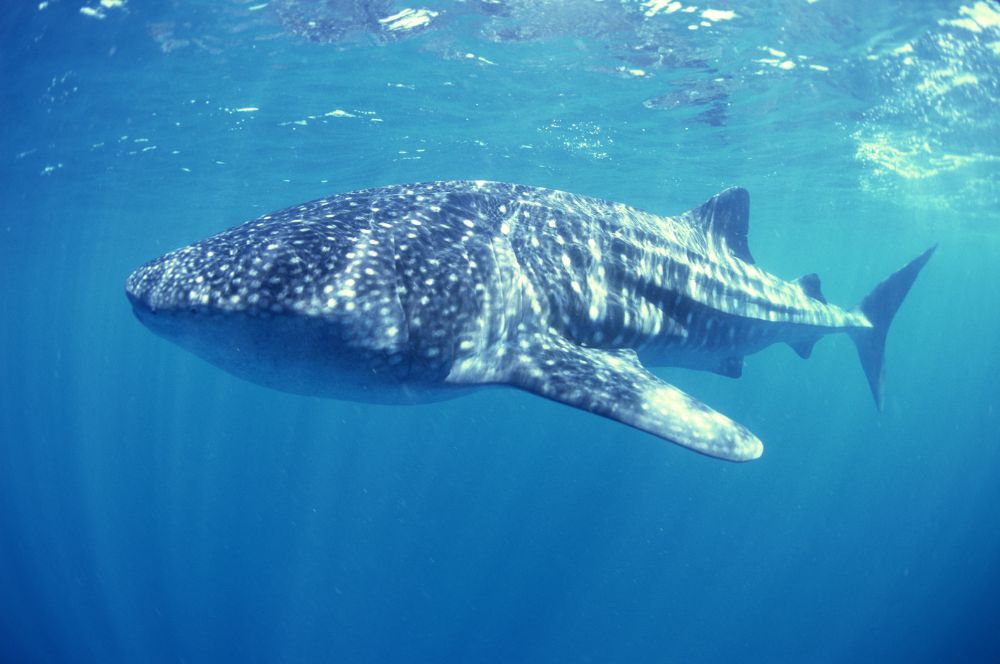
Unique Encounter with Whale Sharks at Ningaloo Reef
The Whale Shark (rhincodon typus) is an awe-inspiring creature that lives in tropical oceans and warm temperate waters. Known as the world’s largest fish, these gentle giants can grow up to 18 meters long and weigh 13 tons! Though usually found at a size of 4 to 12 meters long, they move incredibly slowly with a speed of about 5 kilometres per hour. They feed on small crustaceans, squid and fish from the water using filtering gill rakers on their gills making them truly one of nature’s wonders. The whale shark's mouth is about 1.5 m wide, housing over 300 teeth, although these teeth are not used for eating as they are filter feeders. Additionally, their dorsal fins are located on the top of their bodies, playing a crucial role in their navigation through the water.
The Whale Shark is a pelagic species that occurs in the continental shelf and offshore waters in both tropical oceans and warm temperate waters of all oceans. In Australia, whale sharks are known primarily from northern Western Australia, the Northern Territory and Queensland. Whale Sharks have been recorded from scattered localities in New South Wales, Victoria and the western Great Australian Bight.
The Global Population of Whale Sharks: Gentle Giants of the Ocean
Estimating the total number of whale sharks (Rhincodon Typus) on a global scale is hard because they move over vast distances, typically found in warm temperate and tropical waters. Sadly though, their numbers are decreasing as mentioned by the International Union for Conservation of Nature (IUCN). It’s so serious that whale sharks have been placed on IUCN’s Red List as a threatened species - meaning they’re endangered!
The International Union for Conservation of Nature (IUCN) has declared that the whale shark population is in decline. This species is now classified as endangered on IUCN’s Red List of Threatened Species thanks to unsustainable overfishing, accidental bycatch from fisheries, and destruction of essential habitats.
Although whale sharks are safeguarded in many countries, like the Philippines, India and Mexico, illicit fishing practices and trading of their parts still occur. In addition to this threat, climate change-induced destruction of crucial habitats such as coral reefs further jeopardizes the well-being of these majestic creatures.
A 2016 study estimated that the global population of whale sharks could be as high as 7,000 individuals, based on data from photo-identification studies and computer modelling. Nonetheless, this is merely a rough figure; further research into the world’s largest fish is required to gain a more accurate insight into how many whale sharks populate our world today and what conditions they are in.
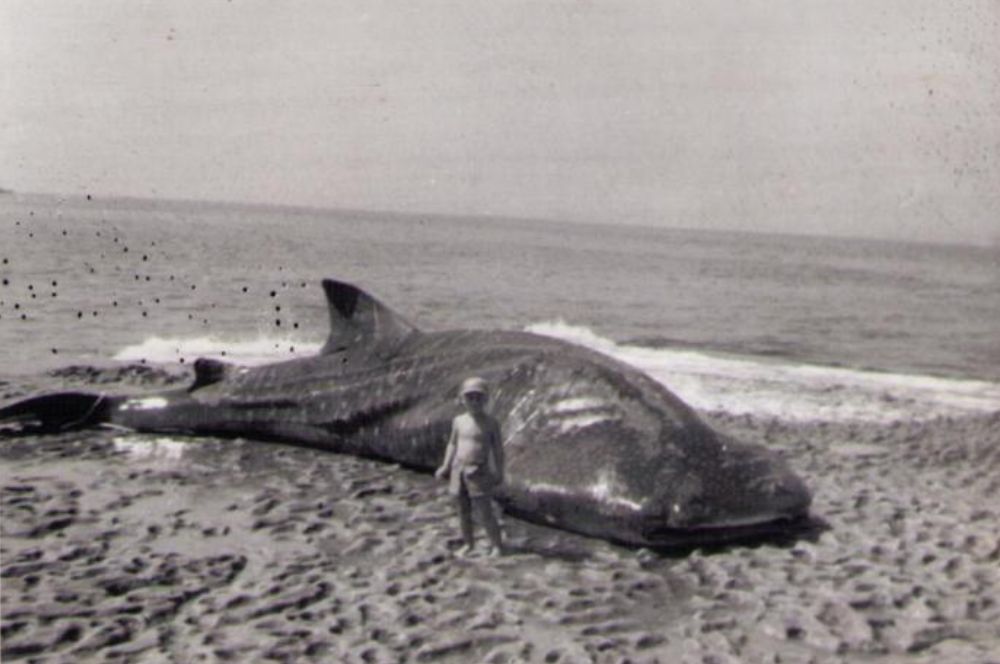
Whale Shark Sightings in Sydney
Whale sharks, the world's largest living fish, have been recorded around Sydney on a number of occasions. A whale shark was stranded on the beach at Bare Island in 1965 (see above photo).
On April 2011, a group of Abyss Scuba Diving employees had a jaw-dropping encounter while out on the boat near the entrance to Botany Bay. To their astonishment, they passed by what appeared to be an immense, younger Whale Shark estimated at about 4 meters long! The gentle young shark emerged from beneath them and slowly circled around their vessel multiple times as if observing its occupants - even lifting its eye above the water’s surface! This astonishing event lasted for up to 3 or 4 minutes before it vanished into its depths once again, showcasing the gentle nature of younger whale sharks and their curiosity towards humans without posing any danger.
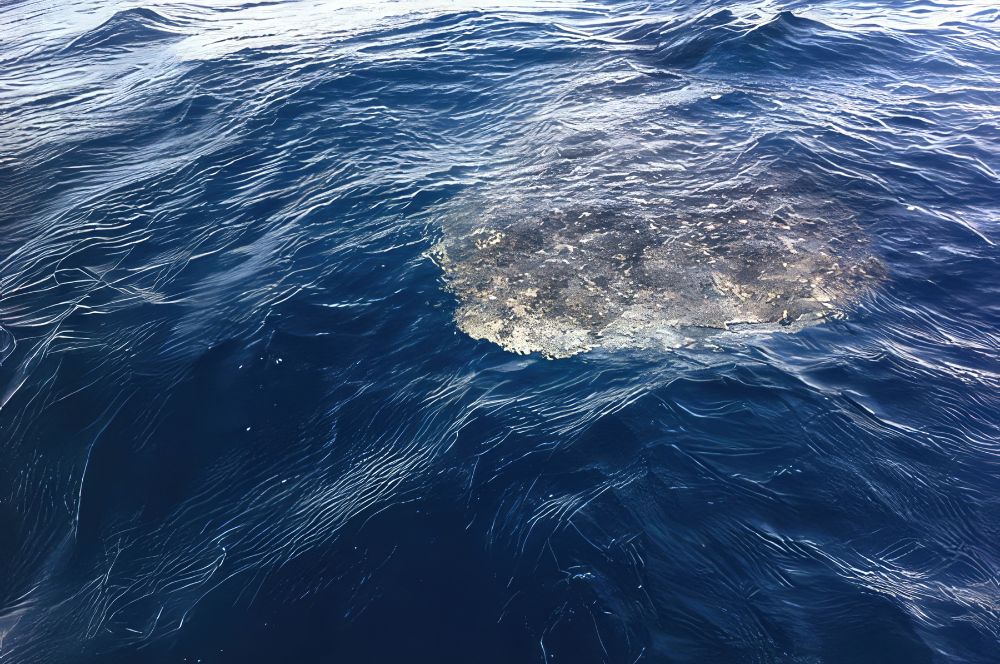
This extraordinary sighting of a whale shark, will not start whale shark tours in Sydney and will not be a threat to the Western Australia Ningaloo marine park. But It may inspire experts studying endangered species conservation and ignite excitement among hopeful citizens in Sydney to observe more marine life. In conclusion, this chance encounter with these amazing creatures left an indelible impression on all those present!
OTHER SHARKS
-
Great White Sharks Habitat | White…
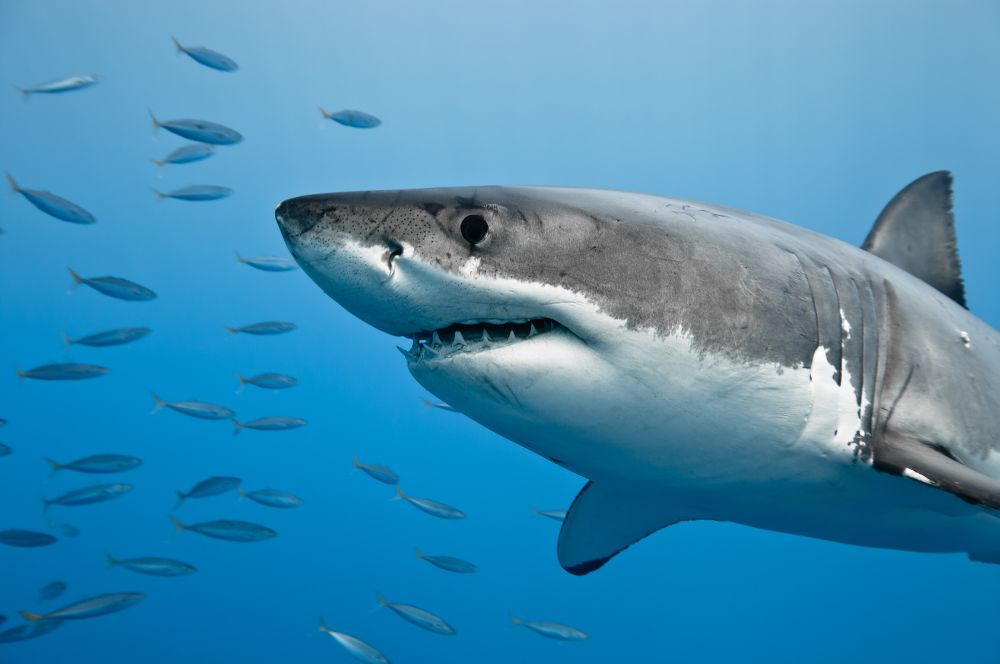
Great White Sharks…
Great White Sharks Habitat Great White Shark was known best for his roles on Jaws. It is considered the most […] -
Shark Diving Sydney | Abyss Scuba Diving
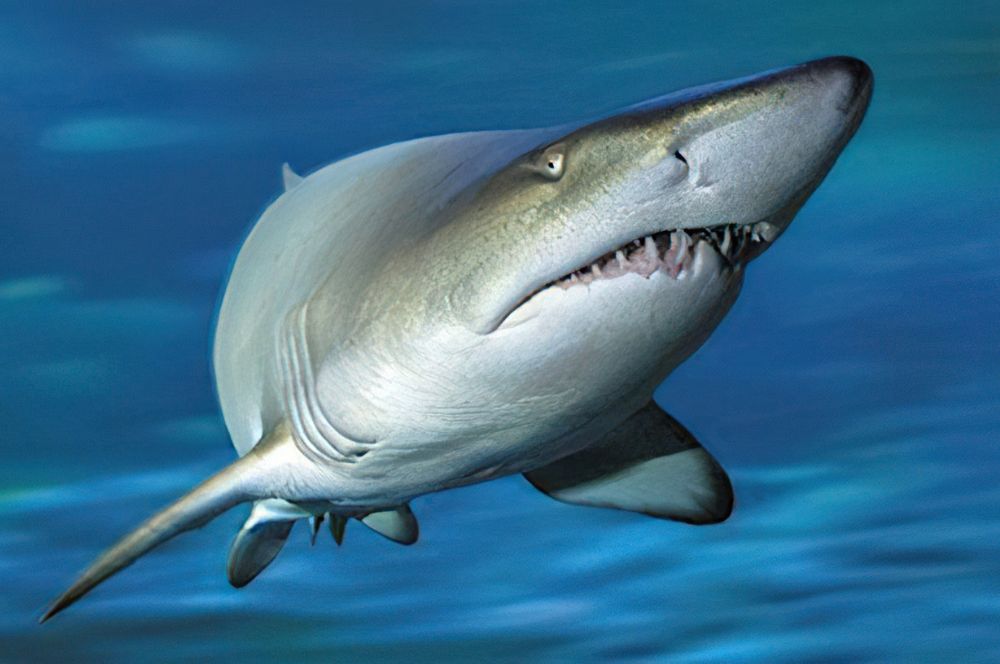
Shark Diving Sydney…
Shark Diving Sydney - An Exciting Adventure Sharks are amazing to observe in the marine world. Sharks […] -
What is Sydney's Most Common Shark?
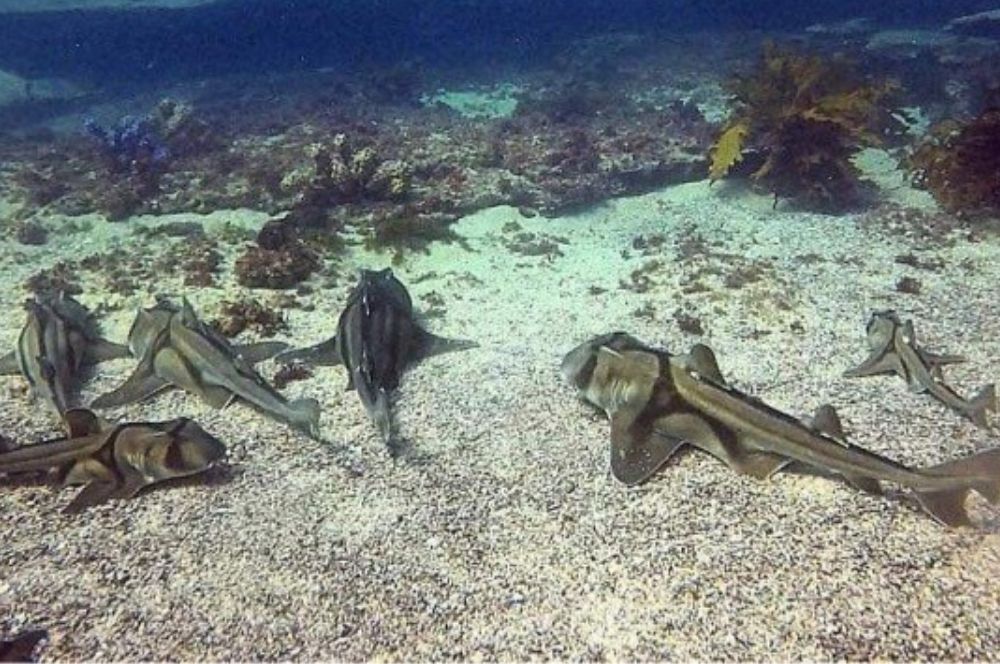
What is Sydney's Most…
What is Sydney's Most Common Shark? The Port Jackson Shark is the common shark seen by divers in the waters […] -
Scuba Diving with Grey Nurse Sharks
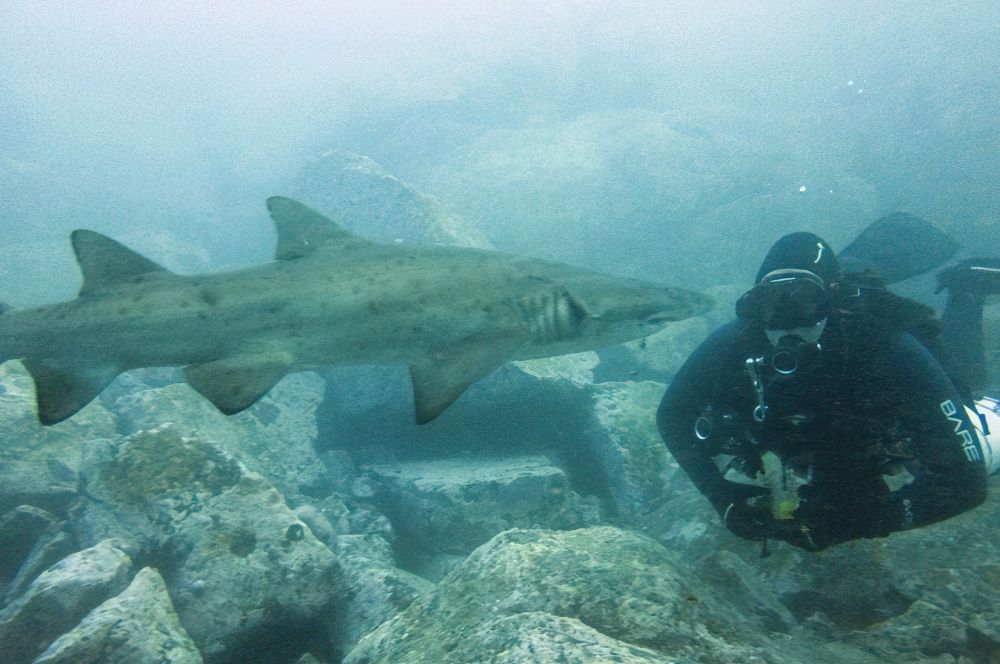
Scuba Diving with Grey…
About 18 months ago, a small group of grey nurse sharks were spotted at the Gravel Loader dive site in Shell […]
Recent Posts





